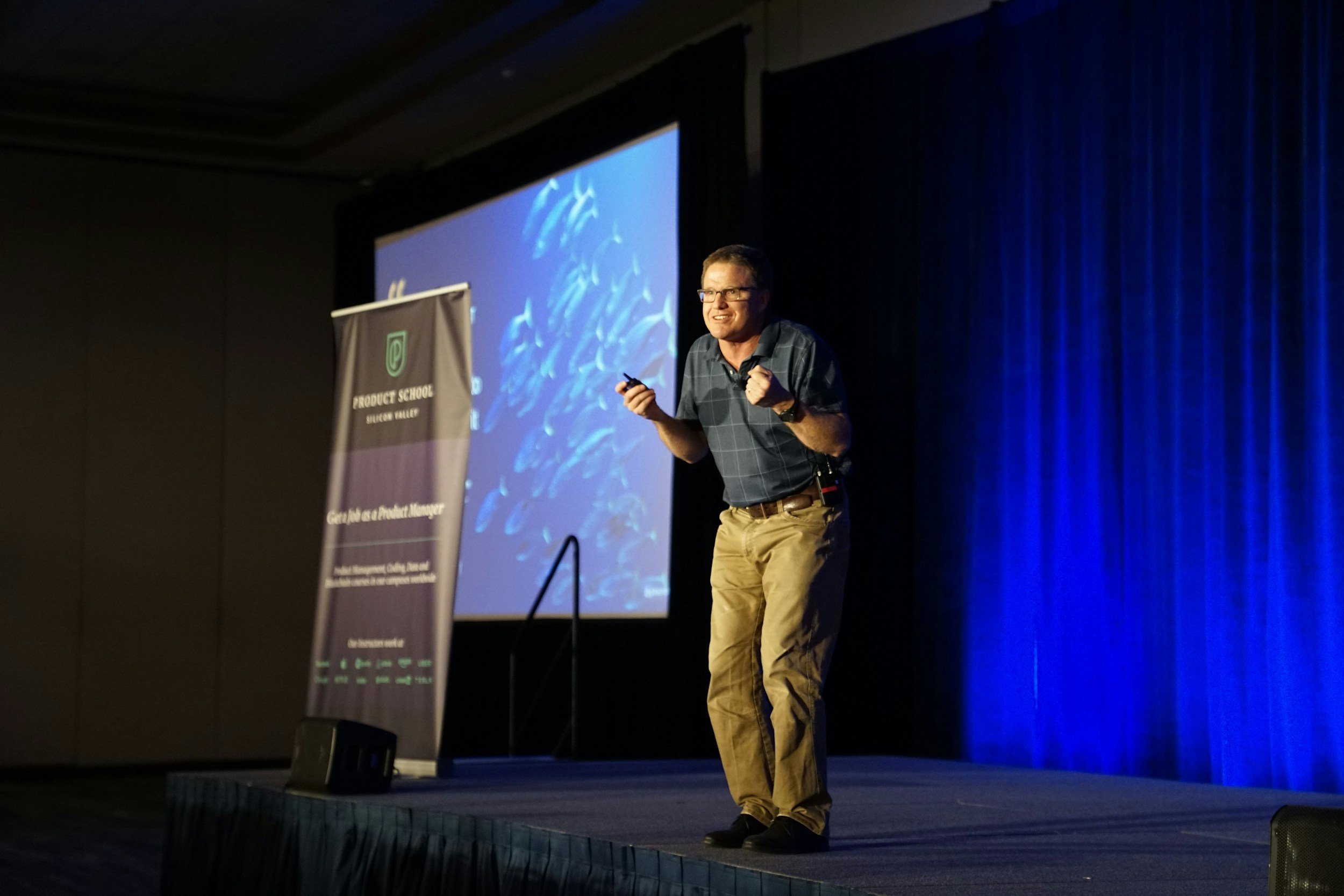
The Truth Beneath Our Lies: Why Honesty is Hard but Worth It
We all say we value honesty—yet most of us don’t go a week without telling a lie.

Building a Legacy: Creating Opportunities for Future Generations
In leadership, true success isn’t about climbing the career ladder alone—it’s about building a foundation for others to rise with you.

The Age-Innovation Myth: Why Experience Fuels Creativity
Younger generations bring valuable assets to the table: fresh perspectives, risk-taking, and often a deep understanding of new technologies. But older innovators bring something equally essential: the wisdom of experience.

Ageism: The “Ism” We Love to Ignore
Ageism isn’t just a harmless joke—it’s a serious issue that affects millions of people. According to the World Health Organization, ageism can lead to poorer physical and mental health, increased social isolation, and even a shorter lifespan.

Behind the Screen: Strategies for Fairer Hiring
Imagine a world where the most qualified candidates always get the job, and biases—both conscious and unconscious—are set aside in favor of objective evaluations.

Breaking the Bias: Why We Still Struggle with Female Leadership
As society continues to evolve, it’s important for men to not only support women in leadership but also challenge the systems and attitudes that have limited women’s opportunities for so long.

The Myth of “You Can’t Teach an Old Dog New Tricks”
Old dogs may not always bark the loudest, but they usually know when there’s a wolf at the door.

Part 1 of 3: Understanding Implicit Bias
Expose Yourself to Diversity: Interacting with people from different backgrounds can help break down unconscious stereotypes.

The Crucial Role of Senior Staff in Leadership Development
Senior staff members are not just mentors; they are top performers who have chosen to stay engaged in their careers.

Part 2 of 3: The Real-World Impact of Implicit Bias
Implicit biases aren’t just theoretical. They have real, measurable effects on the opportunities people are offered, the fairness of systems, and the judgments made about them.

Unveiling Hidden Truths: Do We Really Know the People Around Us?
What do you think is more important in building trust: shared experiences or transparency? Can trust be rebuilt once it’s broken?

Navigating the Unseen: The Challenge of Daily Indirect Discrimination in the Workplace
Younger workers may assume that older employees are out of touch with modern technology or lack the adaptability needed in today’s fast-paced environment.

Unmasking Corruption: The Corporate Veil Heats Up
Uncovering corruption—whether in the fictional world of The Corporate Veil or in real life—often comes with significant personal risk.

Chasing the Truth: The Perils of Investigating Powerful Forces
In any large-scale investigation, no single law enforcement agency can do it all. Criminal networks span cities, states, and sometimes countries, making collaboration essential. Federal agencies like the FBI and DEA have access to advanced resources, technology, and jurisdiction beyond what local police departments can often handle.

Corporations and Cartels: The Dark Intersection
hen corporations are involved in criminal activities, the damage goes beyond a single business or cartel—it devastates entire economies, especially in vulnerable regions.

Missed Appointment: A Sign of Poor Leadership
What may seem like a small misstep—missing a meeting or running over time—often reveals deeper issues in leadership.

Leadership and Health: A Holistic Approach to Leading Effectively
Leadership isn’t just about making decisions, setting goals, or inspiring a team—it’s about maintaining balance across every aspect of your life.

Big Picture Thinking: How to Engage Executives Using Completed Staff Work
Executives are outcome oriented. To engage them effectively, start your conversation by framing the big picture and connecting it to the company’s strategic goals.

When a Presentation Goes Bad: Lessons in What Not to Do
If something goes wrong, roll with it. Acknowledge technical issues briefly and move on. Your confidence will leave a stronger impression than any minor mistake.

Enhancing Leadership Communication: Tools for Deeper Employee Insights
In conflict situations, vague statements like “We could probably improve our communication” leave room for ambiguity. Push for clarity:
